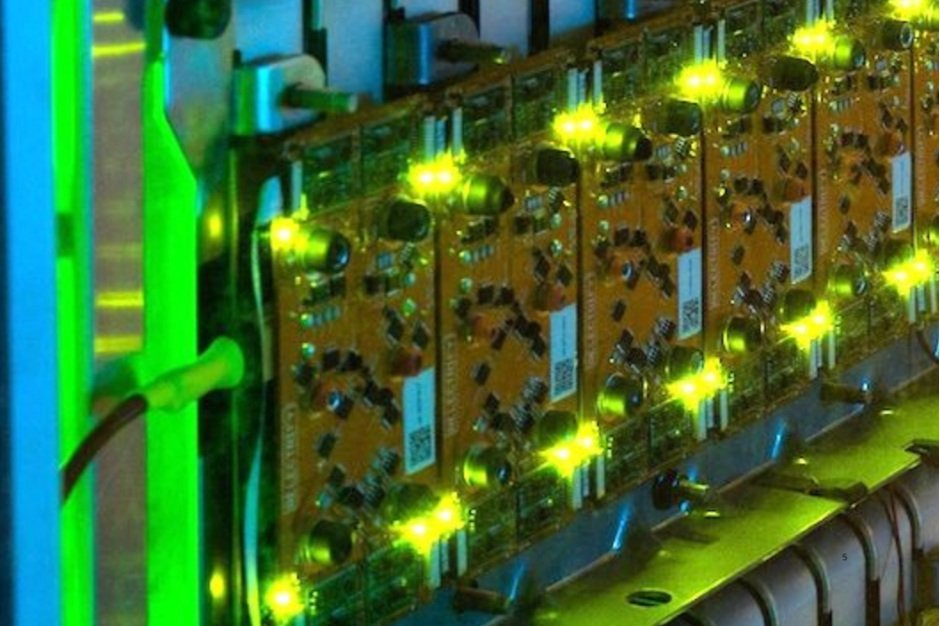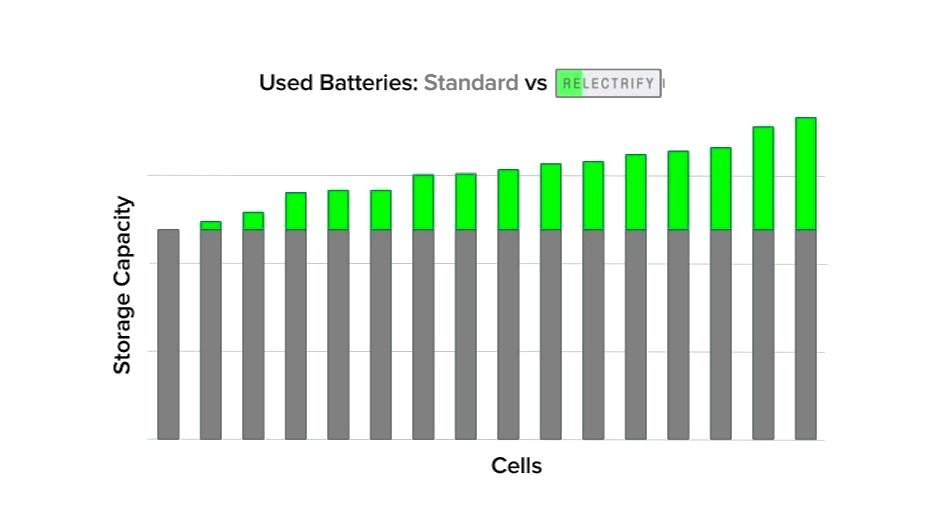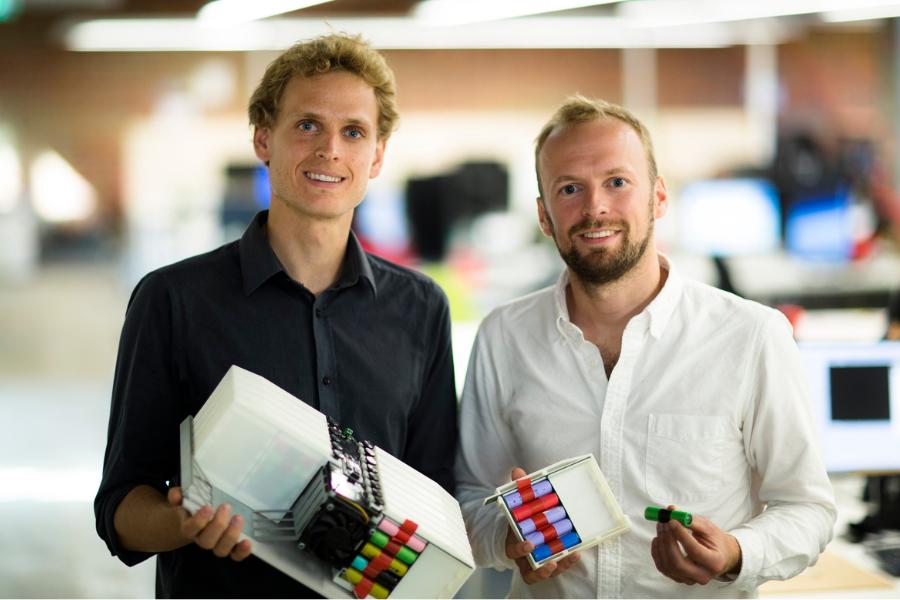
Relectrify Insights
Why Relectrify’s technology is transformational
By Relectrify VP of Strategy Ben Shepherd
There’s no doubt about the central role of Energy Storage in the ‘Great Transition’ from fossil fuels to renewable energy. When I first started in the battery storage industry, that wasn’t always the case. We regularly had to explain why electricity grids would need batteries. Today that’s a widely accepted assumption. What is no longer a valid assumption is the conventional way of turning Alternative Current (AC) electricity from the electricity grid to Direct Current (DC) suitable for batteries and back again.
Relectrify’s technology up-ends assumptions and fixed ways of achieving “inversion” between AC and DC for battery storage systems.
How it’s always been done
In a conventional battery storage system:
1. Batteries are connected in series called “strings.” When connected in a circuit, they deliver direct current (DC) at a voltage that equals the sum of the voltages of the cells.
2. An inverter switches the DC current on and off 20,000 times per second, for increasing then decreasing durations, called Pulse-Width-Modulation (PWM).
3. Power conditioning electronics, including inductors and electrolytic capacitors, smooth the pulses into an alternating current (AC) sinewave that complies with local grid specifications.

The big problem with the way traditional battery storage functions is that when one of the cells in a string is weaker than the rest, that cell limits the performance of the entire string. Furthermore, as cells age, they tend to diverge (i.e. they don’t age evenly), ultimately underutilizing significant capacity and limiting performance.
Relectrify’s first breakthrough
Relectrify’s first technological breakthrough was to solve the weakest cell problem. By placing electronics across all the cells in a string and being able to control each cell individually, the full capacity and performance of every cell can be utilised.
The challenge with adding electronics to every cell – or to be precise, more electronics to every cell, since modern battery systems tend to have Battery Management Systems (BMS) that monitor individual cells – is a problem of economics. Does the increased cost justify the improved performance?
Relectrify’s second breakthrough
This is where Relectrify’s other technological breakthrough comes in.
Relectrify‘s cell-level control enables individual cells to be switched on and off, enabling the creation of a grid-compliant AC sine wave directly from the battery pack. This completely eliminates the need for that conventional inverter switching the strings at 20,000 times per second and the associated power electronics to filter and smooth the PWM switching pulses into a compliant sinewave. Instead, Relectrify’s technology only needs to switch at twice the AC frequency; in the case of a 50 Hz grid, that means switching at a mere 100 times per second.
Relectrify’s technology achieves what everyone is seeking: it delivers a longer life and significantly more throughput, and at a lower cost! A Holy Grail moment, right?!
It sounds silly to add: “But wait! There’s more!” … but actually, there is.
Safer lithium batteries
Relectrify’s technology also makes lithium battery systems safer. Lithium battery safety remains a concern in the industry and there are continual improvements to both cell chemistries and ways of doing things to reduce safety risks. There are also some new chemistry versions that may eventually reach the market which will further reduce safety concerns.
But with existing cells today, Relectrify’s ability to individually switch cells in and out of the circuit means that any cell that shows a sign of being at risk can be instantly isolated from the circuit, and not be exposed to any further activity which could jeopardize its safety. Meanwhile, the remainder of the system can continue to operate unimpeded except for the capacity of that single cell.
This same functionality also simplifies maintenance and avoids unplanned outages. Instead of a cell failure meaning that the entire string needs to be taken offline, that recalcitrant cell can be bypassed and the system can continue to operate until the next scheduled maintenance visit.
I’ve been a passionate advocate for and privileged participant in this brilliant industry for over a decade, working with exceptional people, stand-out companies and amazing technologies — all of which are playing their role in moving the ‘Great Transition’ forward.
Seeing these massive changes within the span of my career makes me optimistic about our future. I’m honoured to have the opportunity to continue my journey with another Australian-invented technology that has the chance to truly transform energy storage.




